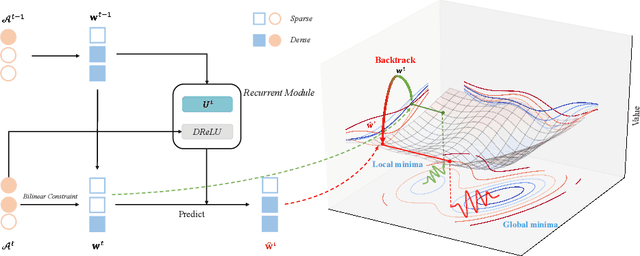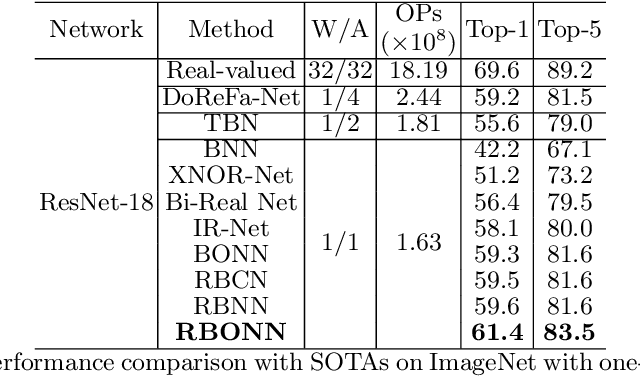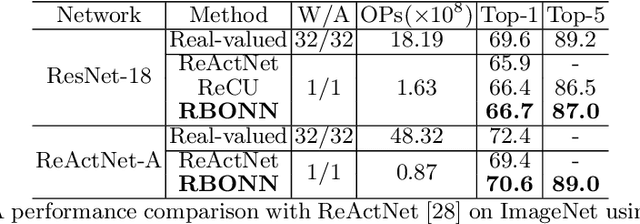Tiancheng Wang
SoccerNet 2025 Challenges Results
Aug 26, 2025Abstract:The SoccerNet 2025 Challenges mark the fifth annual edition of the SoccerNet open benchmarking effort, dedicated to advancing computer vision research in football video understanding. This year's challenges span four vision-based tasks: (1) Team Ball Action Spotting, focused on detecting ball-related actions in football broadcasts and assigning actions to teams; (2) Monocular Depth Estimation, targeting the recovery of scene geometry from single-camera broadcast clips through relative depth estimation for each pixel; (3) Multi-View Foul Recognition, requiring the analysis of multiple synchronized camera views to classify fouls and their severity; and (4) Game State Reconstruction, aimed at localizing and identifying all players from a broadcast video to reconstruct the game state on a 2D top-view of the field. Across all tasks, participants were provided with large-scale annotated datasets, unified evaluation protocols, and strong baselines as starting points. This report presents the results of each challenge, highlights the top-performing solutions, and provides insights into the progress made by the community. The SoccerNet Challenges continue to serve as a driving force for reproducible, open research at the intersection of computer vision, artificial intelligence, and sports. Detailed information about the tasks, challenges, and leaderboards can be found at https://www.soccer-net.org, with baselines and development kits available at https://github.com/SoccerNet.
Safety2Drive: Safety-Critical Scenario Benchmark for the Evaluation of Autonomous Driving
May 20, 2025



Abstract:Autonomous Driving (AD) systems demand the high levels of safety assurance. Despite significant advancements in AD demonstrated on open-source benchmarks like Longest6 and Bench2Drive, existing datasets still lack regulatory-compliant scenario libraries for closed-loop testing to comprehensively evaluate the functional safety of AD. Meanwhile, real-world AD accidents are underrepresented in current driving datasets. This scarcity leads to inadequate evaluation of AD performance, posing risks to safety validation and practical deployment. To address these challenges, we propose Safety2Drive, a safety-critical scenario library designed to evaluate AD systems. Safety2Drive offers three key contributions. (1) Safety2Drive comprehensively covers the test items required by standard regulations and contains 70 AD function test items. (2) Safety2Drive supports the safety-critical scenario generalization. It has the ability to inject safety threats such as natural environment corruptions and adversarial attacks cross camera and LiDAR sensors. (3) Safety2Drive supports multi-dimensional evaluation. In addition to the evaluation of AD systems, it also supports the evaluation of various perception tasks, such as object detection and lane detection. Safety2Drive provides a paradigm from scenario construction to validation, establishing a standardized test framework for the safe deployment of AD.
Recurrent Bilinear Optimization for Binary Neural Networks
Sep 04, 2022



Abstract:Binary Neural Networks (BNNs) show great promise for real-world embedded devices. As one of the critical steps to achieve a powerful BNN, the scale factor calculation plays an essential role in reducing the performance gap to their real-valued counterparts. However, existing BNNs neglect the intrinsic bilinear relationship of real-valued weights and scale factors, resulting in a sub-optimal model caused by an insufficient training process. To address this issue, Recurrent Bilinear Optimization is proposed to improve the learning process of BNNs (RBONNs) by associating the intrinsic bilinear variables in the back propagation process. Our work is the first attempt to optimize BNNs from the bilinear perspective. Specifically, we employ a recurrent optimization and Density-ReLU to sequentially backtrack the sparse real-valued weight filters, which will be sufficiently trained and reach their performance limits based on a controllable learning process. We obtain robust RBONNs, which show impressive performance over state-of-the-art BNNs on various models and datasets. Particularly, on the task of object detection, RBONNs have great generalization performance. Our code is open-sourced on https://github.com/SteveTsui/RBONN .
 Add to Chrome
Add to Chrome Add to Firefox
Add to Firefox Add to Edge
Add to Edge